Meet Tuber caniculatum: a gorgeous cinnamon-red truffle with a garlicky truffle aroma that's been the subject of whispers and rumors in the mushroom hunting community for years. Also known as the Appalachian truffle and Michigan red truffle, James Beard pronounced them "exquisite" back in 1977. For nearly half a century they've stayed underground in more ways than one, but that's about to change.
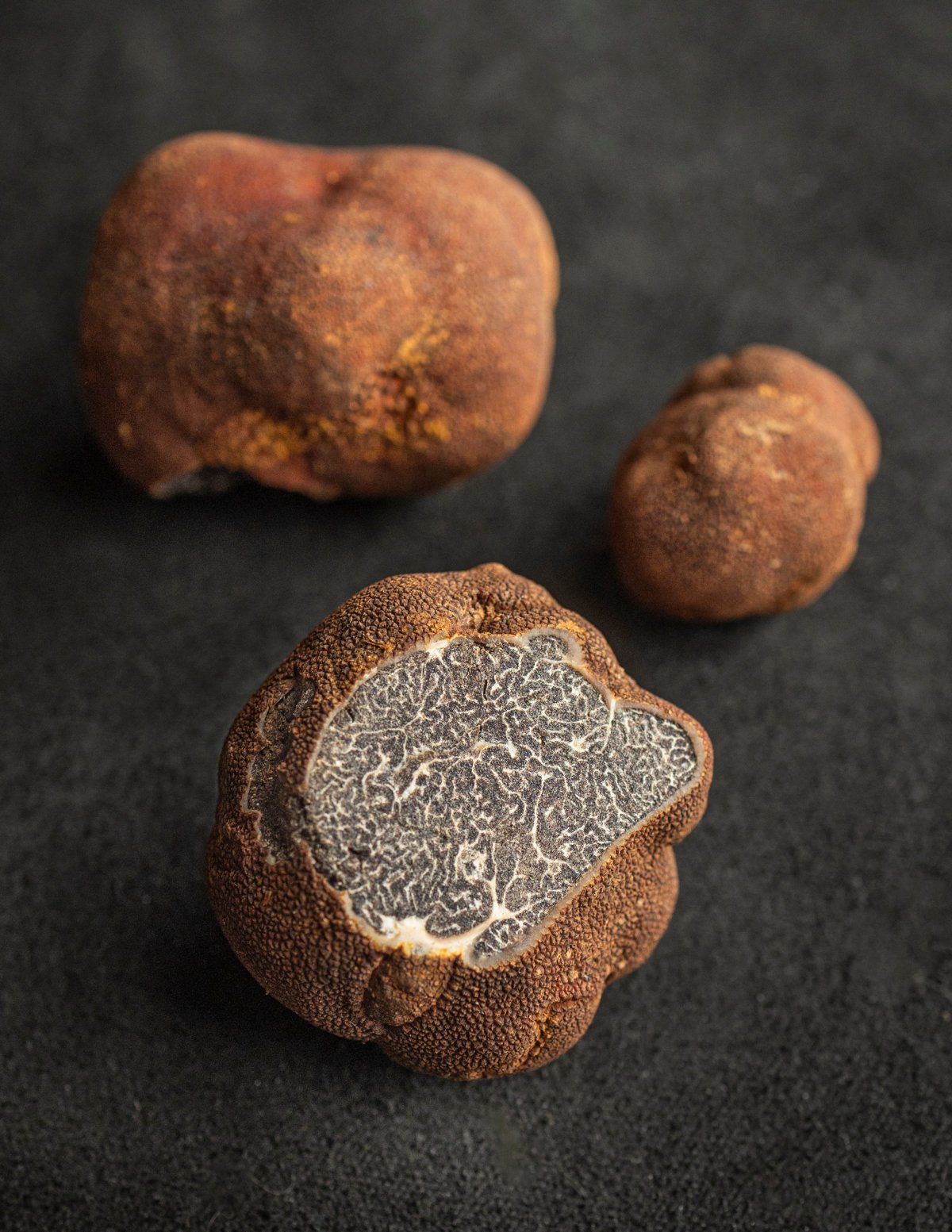
Big thanks here to my truffle-hunting friends Luke and Natalie at Wild Goods for sending these to me after I've been pestering different truffle hunters for years without any success.
They've been working quietly to crack the code on hunting them in West Virginia after their success with Blue Ridge truffles (Imaia gigantea) I wrote about a few years ago.

What Are Michigan or Appalachian Truffles?
Previously known as Tuber bisporum, Tuber canaliculatum or T.can as it's known by truffle lovers is a native North American truffle that grows from Quebec west to Ontario and as far south as Kentucky. They're also the only truffle I know of found in Michigan. As time goes on, more discoveries will help flesh out their locations across the Eastern United States and Canada.
They're also known as the fragrant eastern truffle, and mycologist James Trapp referred to them as the yellow furrowed truffle.
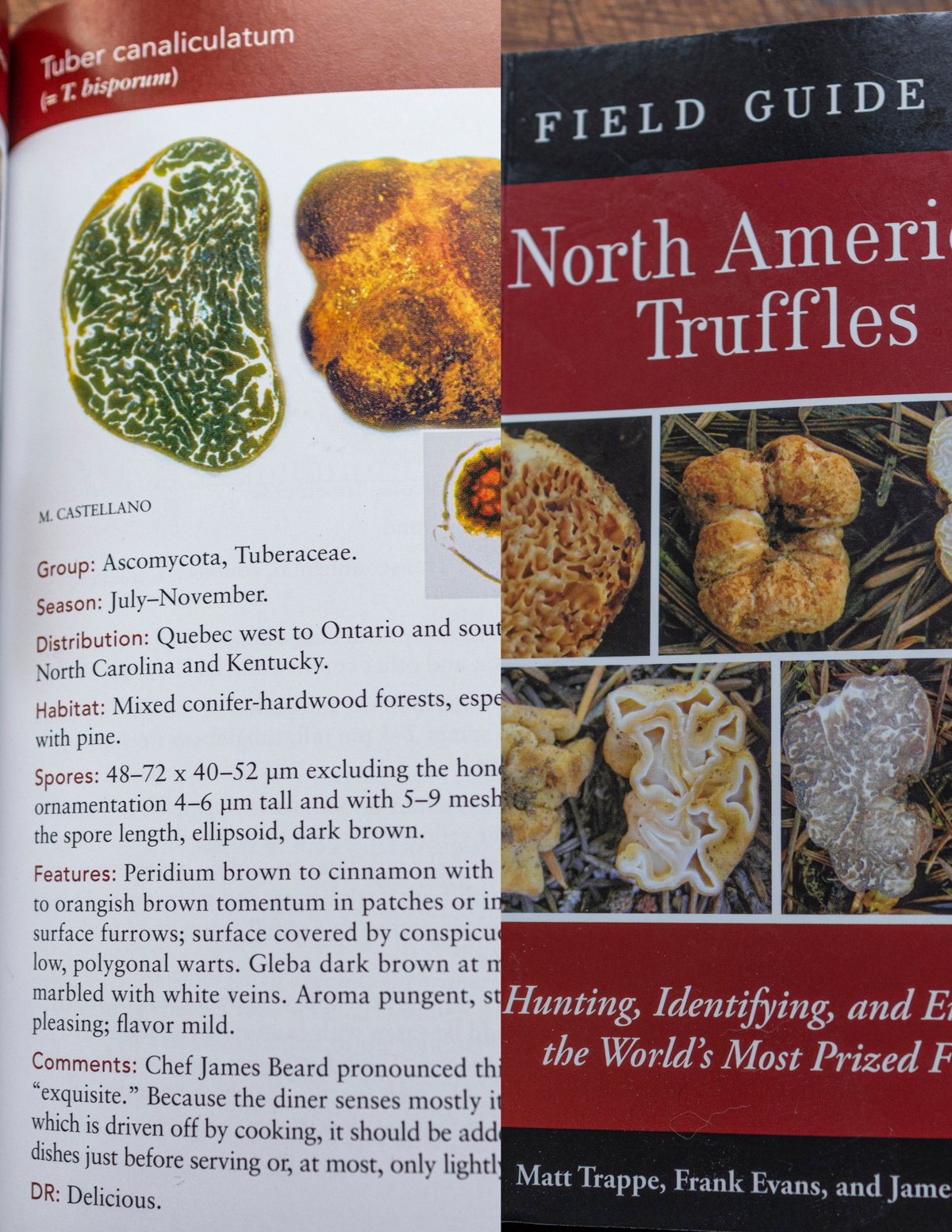
These are a beautiful truffle with a distinct cinnamon-red peridium (outer skin).
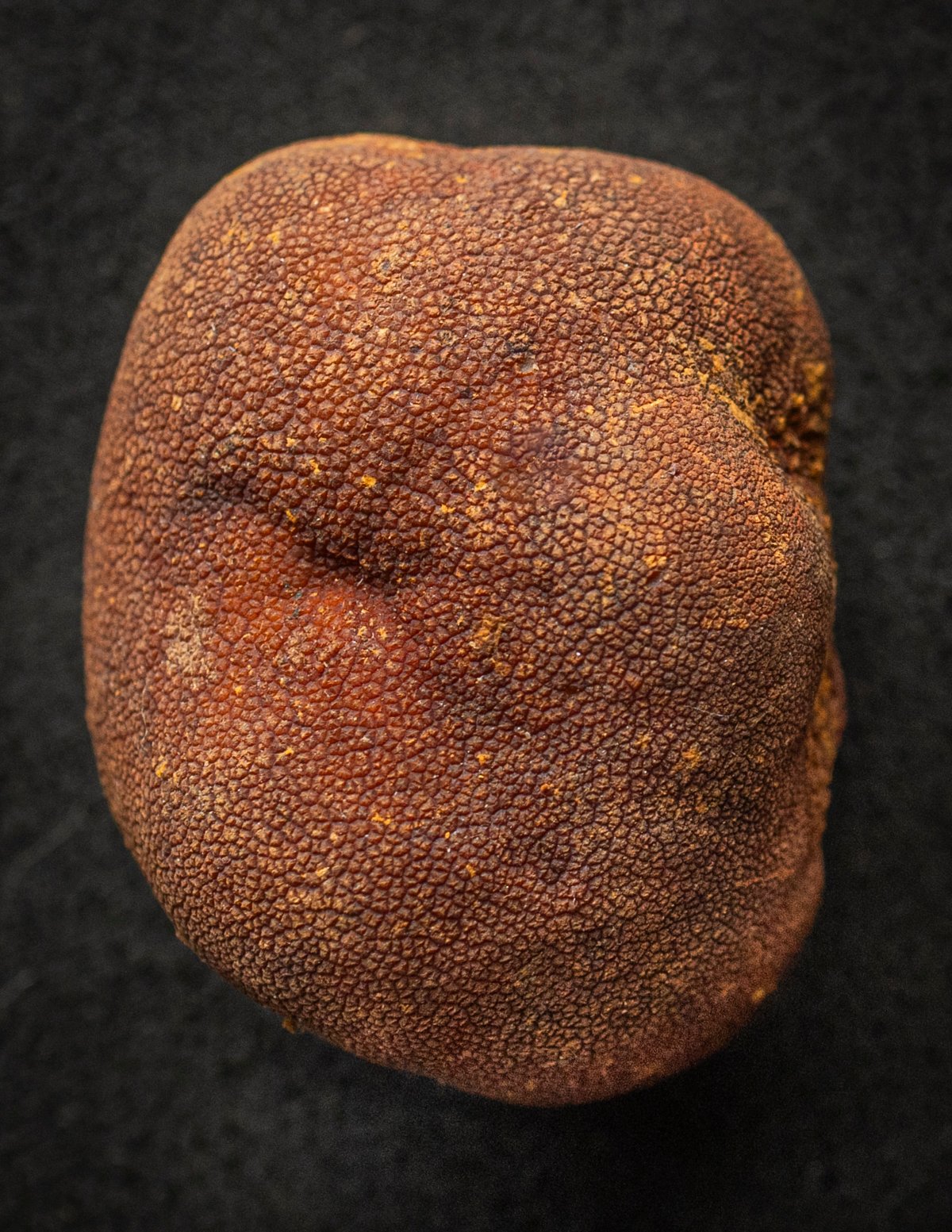
The internal spore bearing material, or gleba, is dark brown at maturity and marbled with creamy white veins.
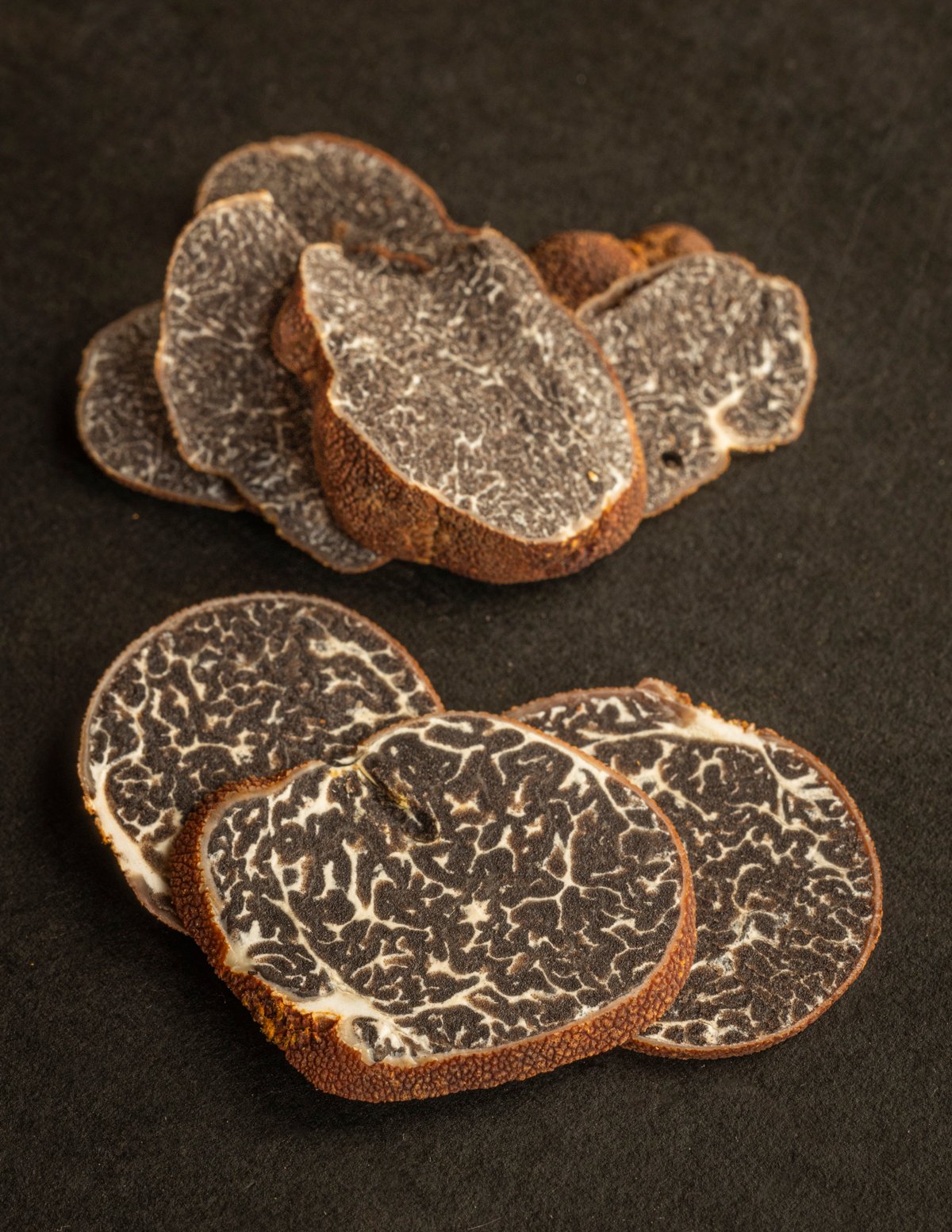
I first heard about these a few years ago when I saw my friend Chef Jeremy Umansky cooking with them. After asking around, I was told they were basically impossible to obtain as nearly all of the truffles harvested were being bought up by a few people intent on growing them.
In a 2022 interview with The Tenneseean, truffle hunter Michael Riggan said he knew of only three people who'd harvested a quantity of T. can, so saying they've been hard to find is an understatement.
Cultivation of Appalachian Truffles
Maybe the most important thing to mention about T.can is that it's well-known for having vigorous mycelium, making it a prime candidate for cultivation.
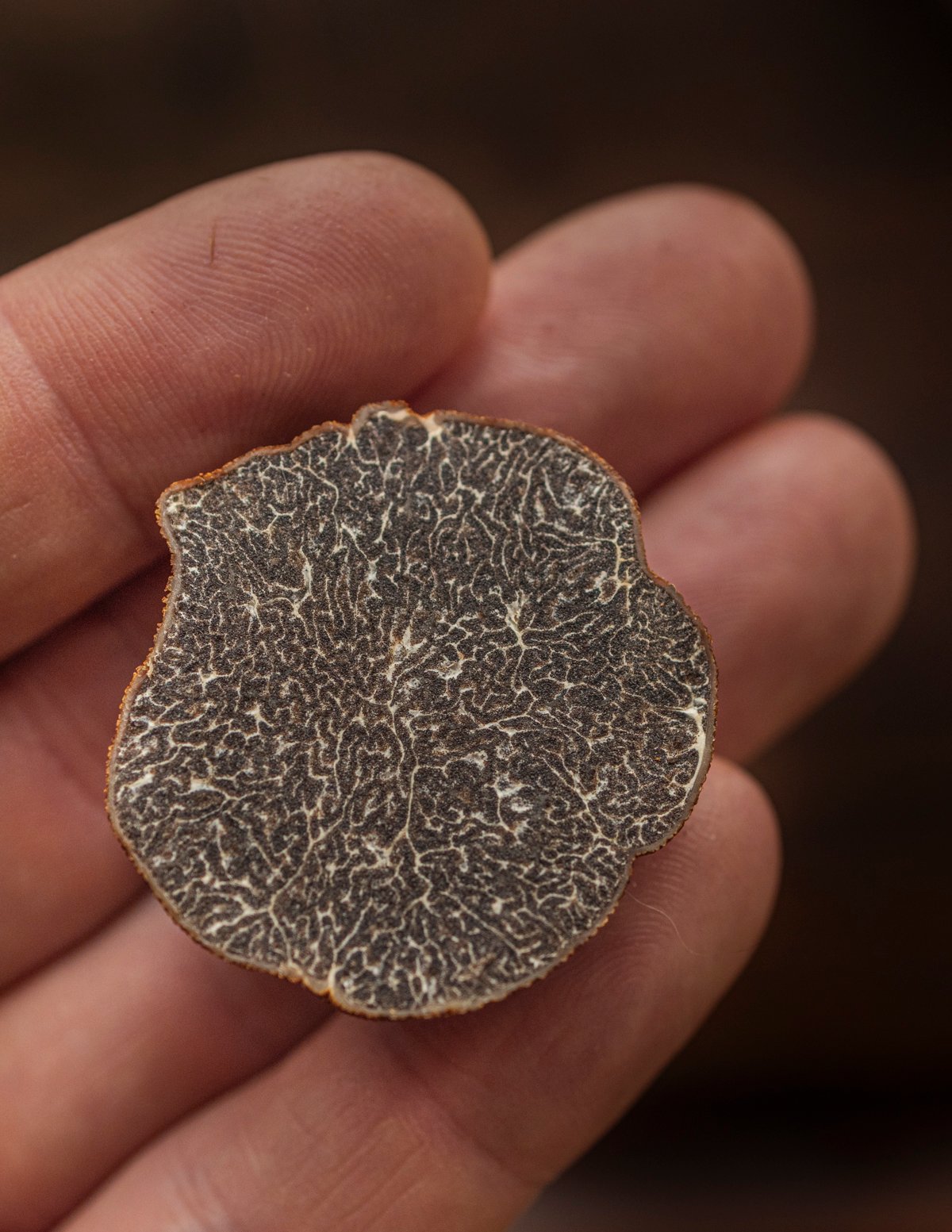
As most truffles cultivated in North America come from the Pacific Northwest, a truffle with a native range from Quebec to Kentucky could be a dream come true for truffle growers, hunters, and eaters alike.
There's reports of thousands of trees inoculated with truffle spores planted in Quebec and locations in the Eastern Half of the United States. It takes a number of years for truffles to take hold in the soil, but I'd expect them to start appearing on menus within the next few years.
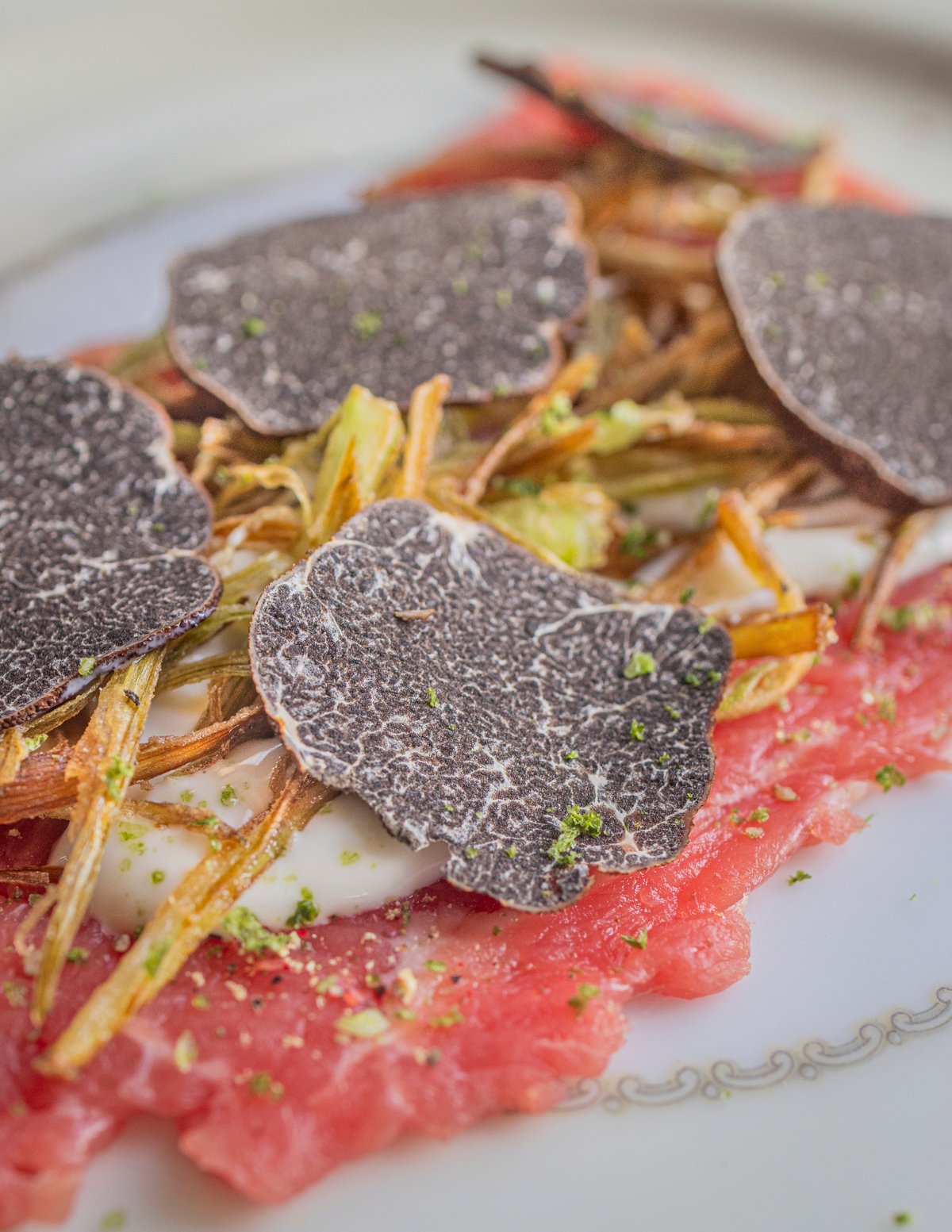
Currently the price of Appalachian truffles is around $75 an ounce, which is on par with black truffles that have a much stronger aroma. The current price reflects market scarcity and will drop as supply increases, which could be as soon as 2025 according to this article.
Looking at other the truffle prices, once they come to market in quantity I'd expect T.can to sell for $400-600 per pound, similar to Burgundy truffles (Tuber uncinatum), but that's just an educated guess.
Hunting Appalachian Truffles
I've spoken to a few truffle fanatics about these over the past few years. The information I get is typically (and understandably) a little vague, but there's a few things that are reasonably well known now.
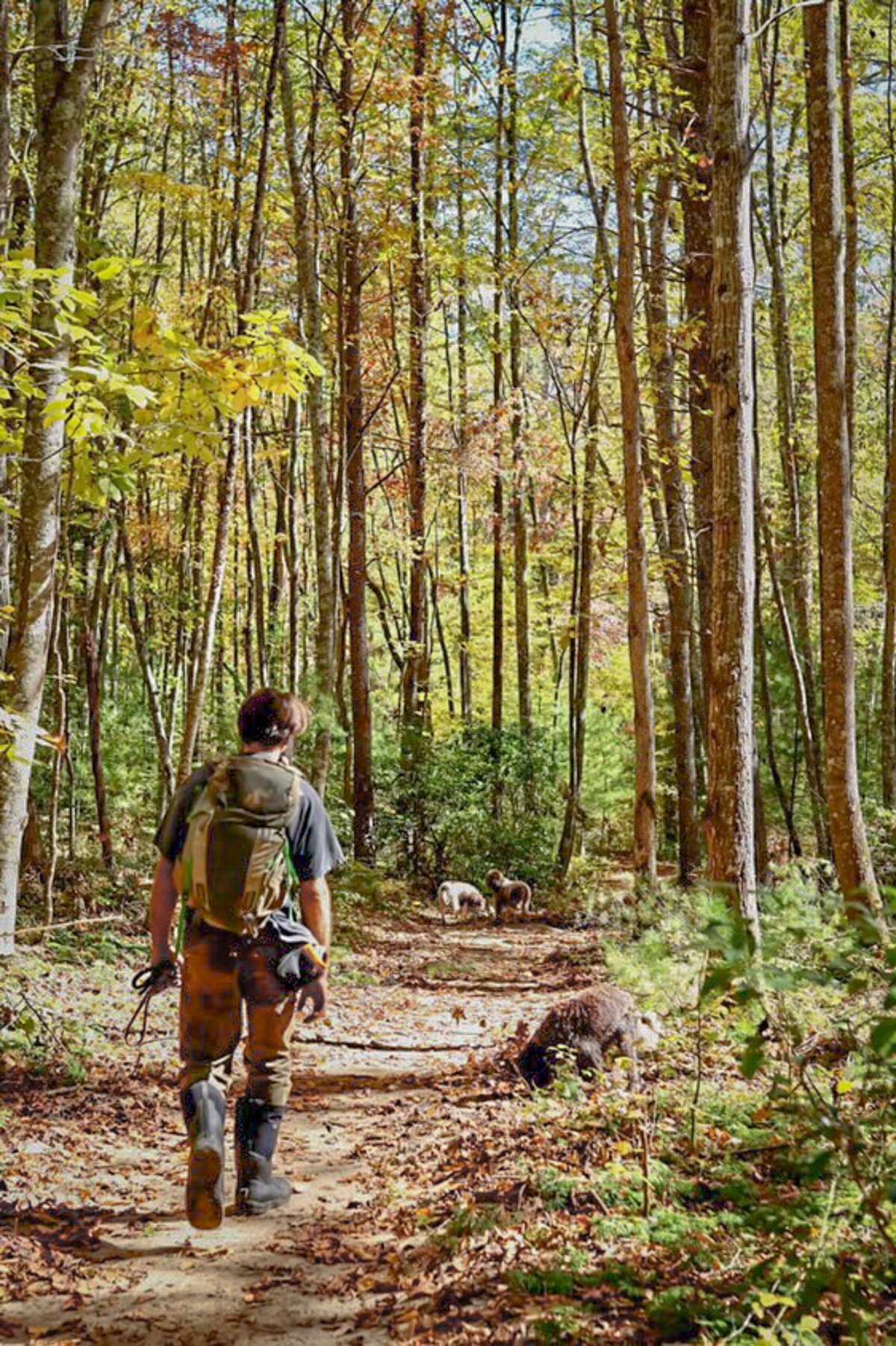
Season
My truffle field guide says the season for T.can runs from July-Nov. When I spoke with Luke and Natalie, they said they'd had the best success in October and that unlike the Blue Ridge truffles, T. can seems to have a hard stop when it freezes. Of course, like all other mushrooms, having adequate rain is also key.
Truffle Dogs
Although it's technically possible to stumble on them (as the Wisconsin Mycological society did with pecan truffles in Northern WI this fall!) arguably the most important tools is a dog that's been trained to hunt truffles.
Many truffle hunters opt for the Lagotto Romagnolo truffle dog. Luke and Natalie breed them too if you're really interested. From there, you can bring dogs for truffle training to my Alana over at Truffle Dog Company.
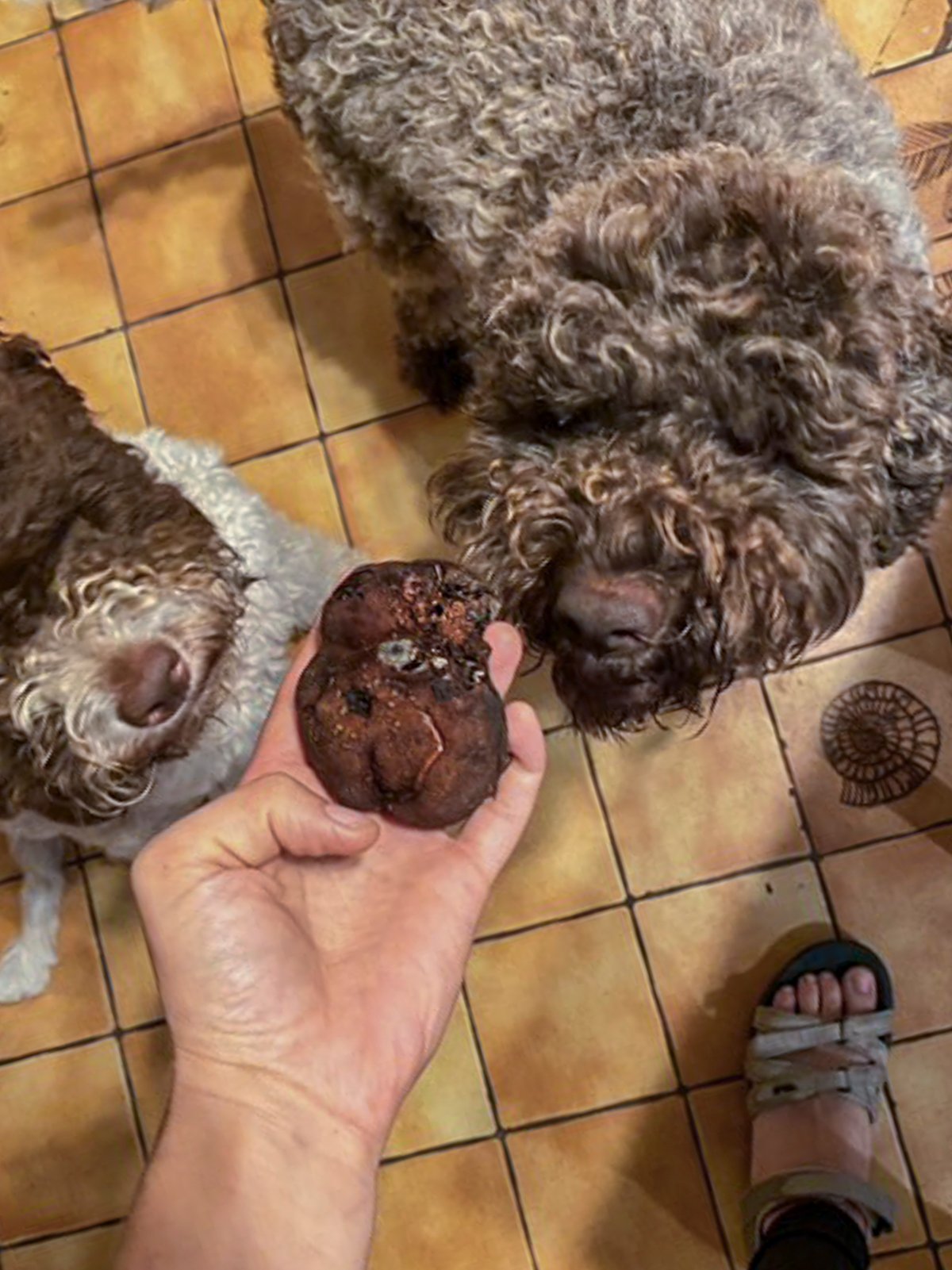
Soil pH
It's no secret that truffles like alkaline soil and limey, calcareous terrain. If you're serious, you'll want to bring a pH meter with in the field and I've heard you should look for soil pH readings in the area of 7.2-7.5. I've also read you should look for flat areas as opposed to ridges, slopes and hills.
Tree Association
All the resources I've read and truffle hunters I've talked to mention looking for Appalachian truffles in mixed woods like oak, hazel and pine trees. This should come as no surprise as oak and hazelnut are often mentioned as host species for cultivating truffes.
Humans aren't the only things attracted to stinky rocks, either. Someone from Michigan mentioned looking at the base of old spruce trees for signs of squirreles digging. I've spoken to people who've harvested rodent caches containing pounds of onions, tubers or seeds, so stealing might work too.
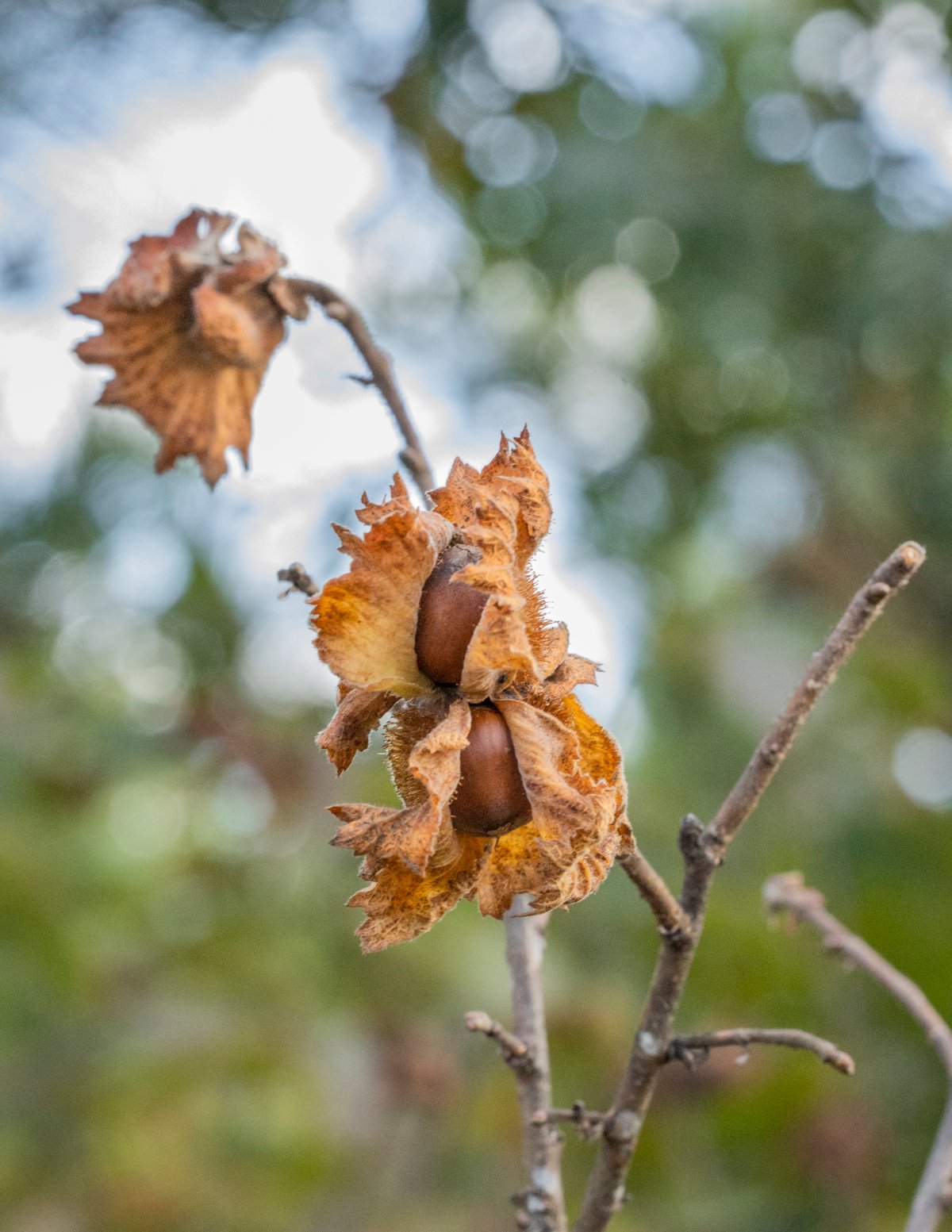
Flavor and Aroma
What do Appalachian truffles taste like? At first I got a musty flavor with hints of onion, mushroom and truffle. After they breathed for a few minutes I got an undeniable taste of cabbage from them with hints of allium.
There's a host of different truffles with varying degrees of potency and aroma. Many have additional, ancillary aromas alongside the truffle taste. For example, honey truffles have a sort of blue-cheese aroma up front, along with a subtle truffle scent. Pecan truffles have a distinct nutty aroma up front, with truffle in the background.
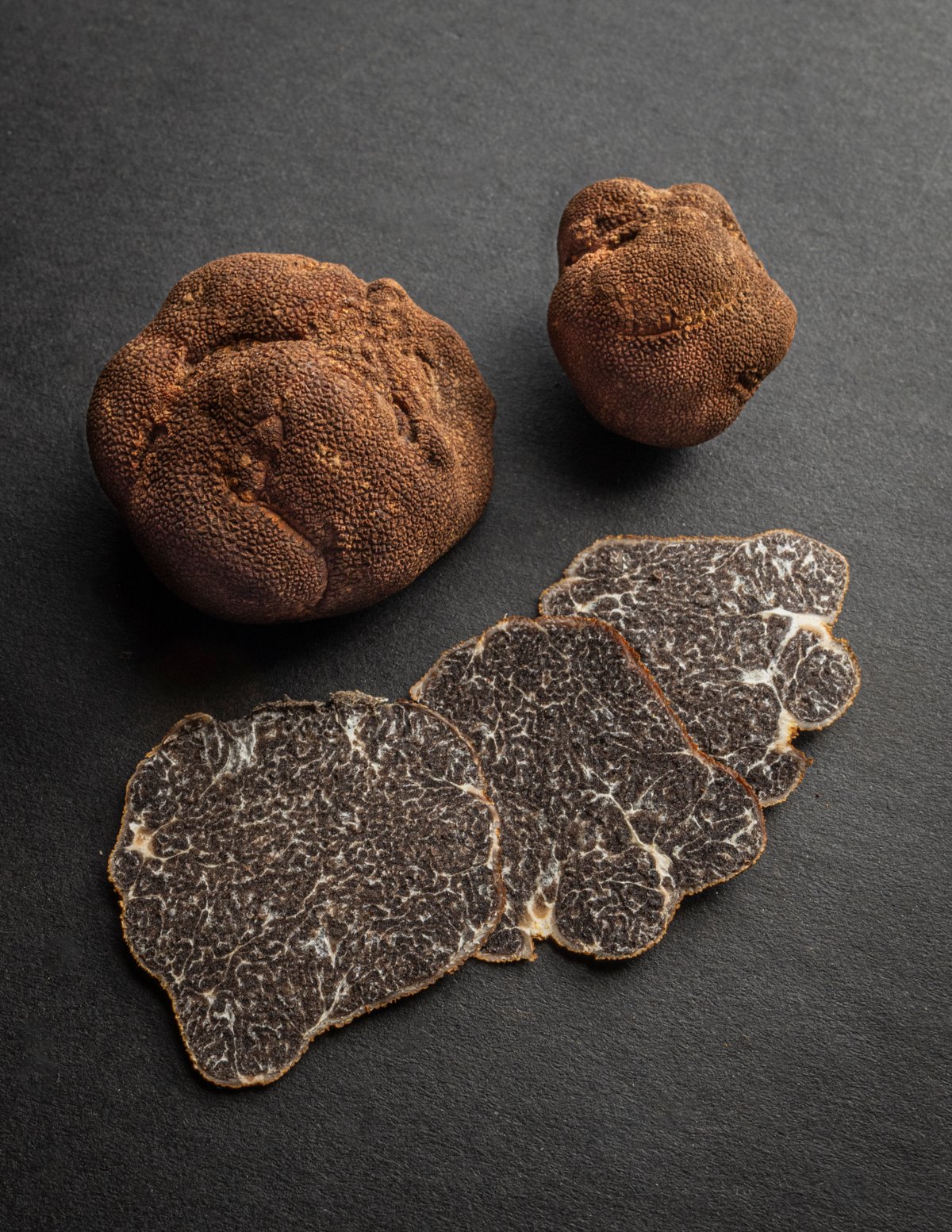
Tuber canaliculatum tastes similar to classic European truffles I've had in that the truffle aroma is relatively strong and flavorful. But, it isn't nearly as powerful as the most highly regarded black truffle (T. melanosporum.)
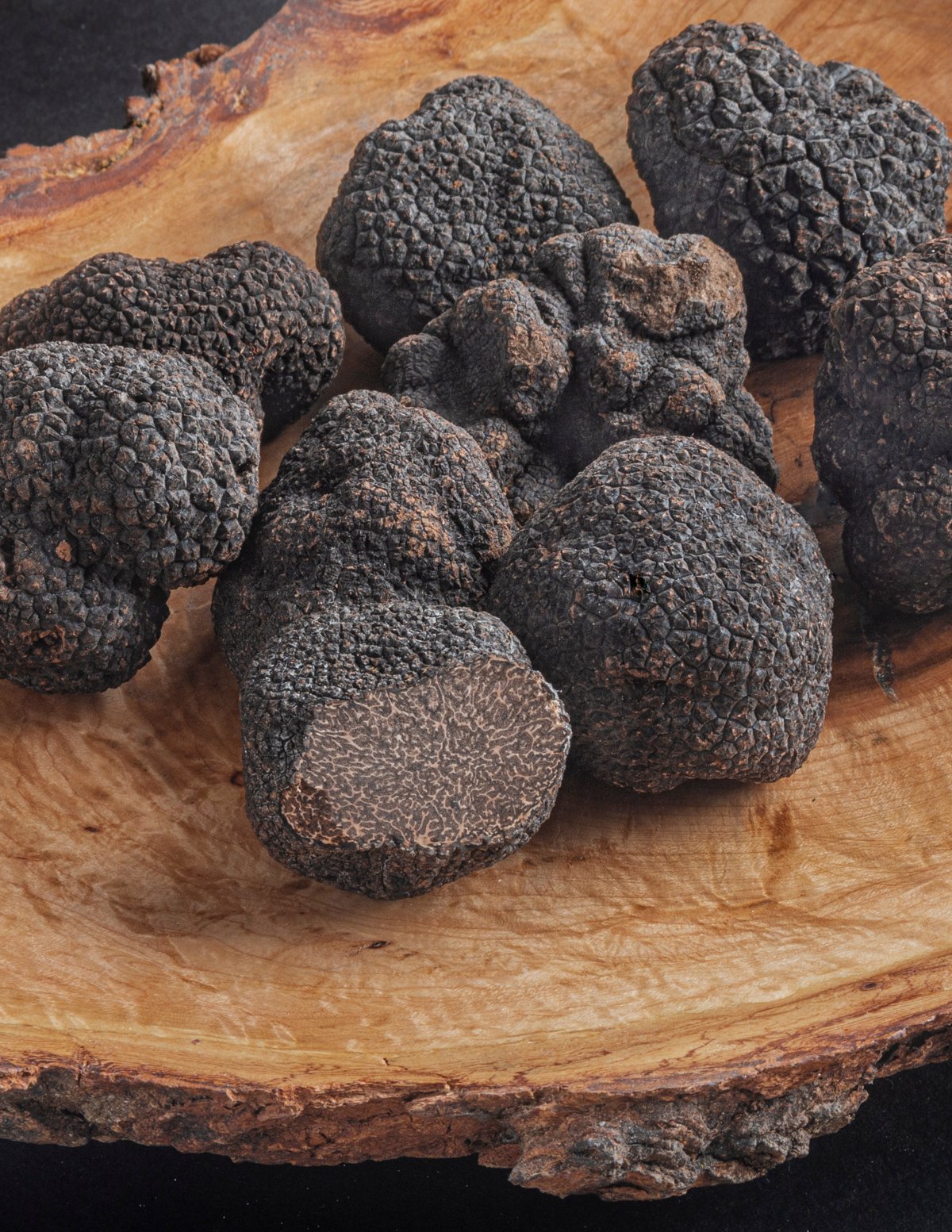
Cooking with Appalachian Truffles
I've had a blast using T.can in some of my favorite truffle recipes and they'll be great sliced or shaved on pastas, risottos, made into truffle butter or tucked under the skin of chicken to make truffle chicken.
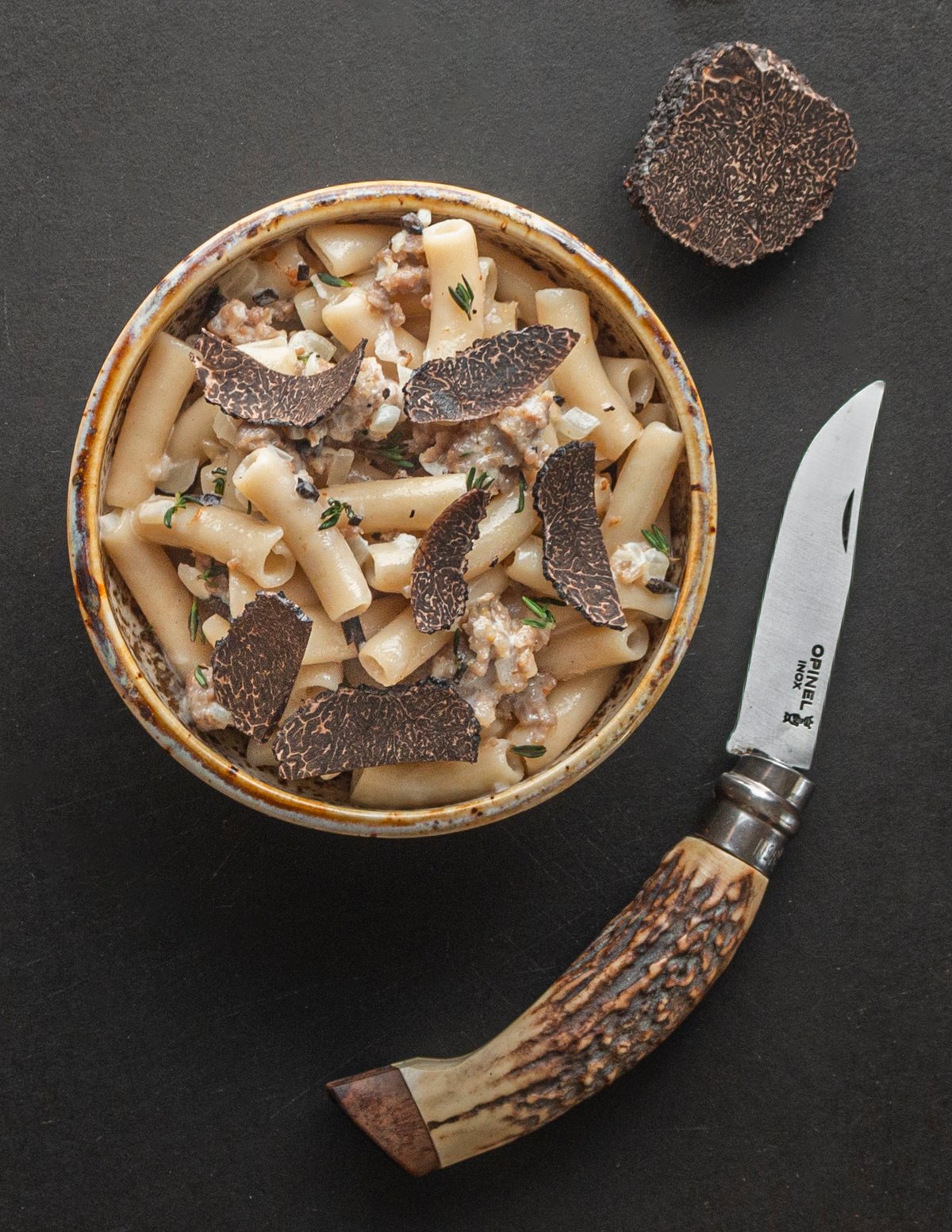
Just like all other truffles it should be used raw or added to dishes at very last minute. One of my favorites is an old Italian method of making a truffled omelet where the eggs are stored in a jar with truffles for a few days before cooking.

The aroma infuses into the egg yolks, but not the whites as they contain no fat molecules. Cooked gently to a perfect pale yellow, still quivering on the inside and scattered with sliced truffles it was just as good as I remember.

Another recipe I love is a rich mushroom soup inspired by one I had at Jacquis Chibois. It's garnished with truffle cream and a scattering of julienned truffle, the crunchy batons ensuring there's truffle in every bite.
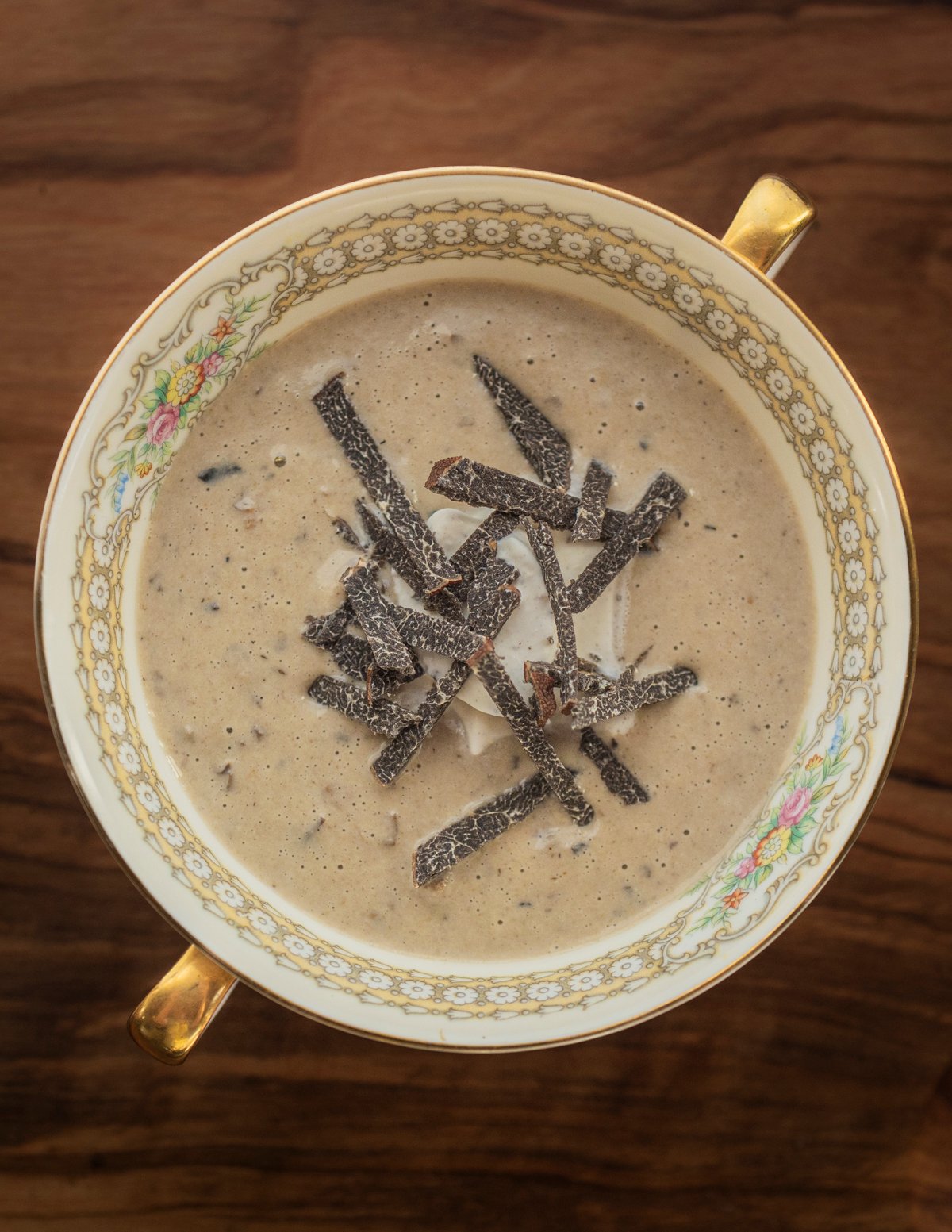

Dylan
bruhhhhhh
road trip!
Alan Bergo
Yeah and the road trip might not be that far as they’re in Mi too. I just need to get a film crew and an outlet, it would make a great mini doc if someone would pick it up.
Max
Is that creamy soup recipe on the site? Some friends gave me black truffles for my birthday a few days ago and I'm looking for some recipes to shave them over. Thanks!
Alan Bergo
It’s in the works. What I did is use my morel bisque recipe, using 1-1.5 oz dried mixed mushrooms, 4 oz leek, 4 oz yellow onion, 4 oz celery, 2 oz shallot, 2 clove garlic. Splash of brandy. Reserve half the dried mushrooms and mince them as fine as you can, stirring them in the end when the soup is pureed. You can add some chopped truffle after it’s cooled and refrigerate it overnight to infuse, then garnish with a bunch more.
Danny Pejsa
Knowing they are in MI I'm going to reach out to a friend of mine who studies them at MSU and maybe we could plan a trip to try and find them over here! Would be an awesome experience to find them ourselves!
lorenzo tavani
Another killer video boss. I have always felt weird about the costly European Truffles, but love knowing we've got our own unique flavors here in the midwest! Always appreciate seeing more of your face too.
Happy Cookin' 😉
Alan Bergo
Thanks buddy. Crazy thing is they could be in your woods as they’re known in MI. Just need a dog.
Ben Kable
Super refreshing to see such a detailed and scientifically accurate article/video. So much of this stuff is commonly confused. Thanks for listing species names. The comparison to the European truffles was a nice surprise at the end of the video.
Alan Bergo
Thanks Ben. I'd been trying to get some for years.
Ben Kable
Excellent article! Totally accurate, great video, great photography. Thanks for putting this out there about Appalachian truffles. For those who asked, yes they can be found on pine as well. I didn’t know Luke was finding these yet - clearly he is finding some nice ones.
Tatyana Beer
Emotional roller coaster reading this one: excitement at the prospect of finding East Coast truffles… then devastation realizing they’ll never grow in New Brunswick, where all the soil is so acidic even our well water is acidic!
David Rhinehalt
I purchased some Imaia Gigantea from Wild Goods at the end of January after a (Perigord) truffle demonstration at the Mountain Research Station. I thought the smell of the Imaia was more intense than the smell of the Perigord (from the NC farm and a Perigord farm in France) but the flavor of the Perigord was more pronounced/ intense than the flavor of the Imaia. It’s great to have these special fungi in the mountains of the Eastern US. I’m looking forward to trying some of the other species including a farmed white truffle (Tuber borchii) in NC!
Alan Bergo
Thanks for commenting David.
Phyllis
Hmm the Arizona desert soil is alkaline , flat and there are some pine trees I see around town. Up in Payson there are more pine trees but I don't know what other trees are there. Some pecan farms are around here too. Are you going to get a truffle hunting dog?
Penny Soppas
Are Hazel trees essential to their growth or are oaks and pines likely to have Appalachian Truffles too?
Hoping to find them some days in the Adirondack Mountains.
Alan Bergo
I was looking for them I would look in woods with oak, hazel and pine.
Robin Coventry
Wonderful article. Nice to know we may be able to find them in the future on the East Coast. Would love to try them, yum.
Alan Bergo
Thanks Robin. This was a lot of fun to put together. Love the red color.
Pixie
Cool! Exciting! It never made sense to me that truffles would only be in Europe, even if they're a different kind. I may have to switch over from being a Cat Person...
Alan Bergo
If I could train my cat to hunt truffles I would.